We're building a web app which contains a form of what documents to request from a client. So
- A user ticks for example driver license, passport and application letter on that form and click "Send document request".
- The application sends an email to the client which says "Please send us your 1) driver license 2) passport 3) application letter". It sends the email using it's own robot account like "noreply@ourcompany.com"
- The client gets the email asking him to reply back with requested documents. He replies on that email with text like "Ok, great, thanks! I have attached my driver license, passport and letter to this letter" and attaches the files.
- The user from the first step should get the letter client sends on the third step.
How can I achieve the behavior on the fourth step? I guess there is something like 'Reply-To' header I should set to the real user's email.
